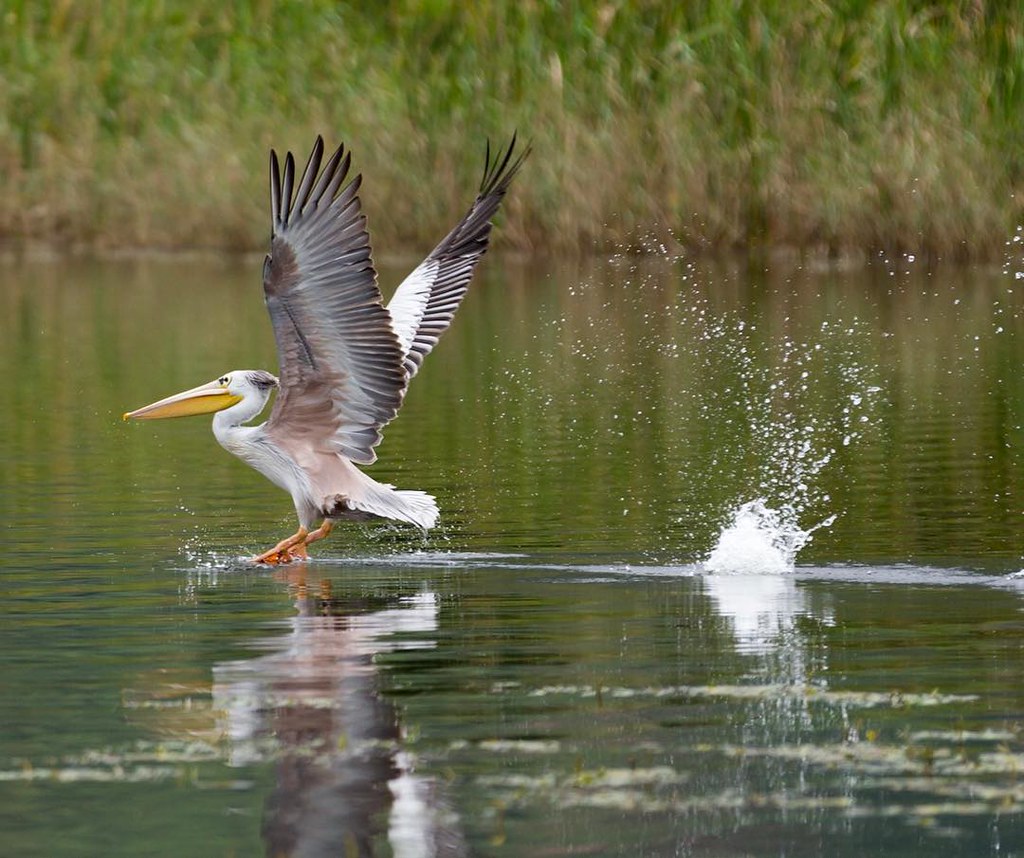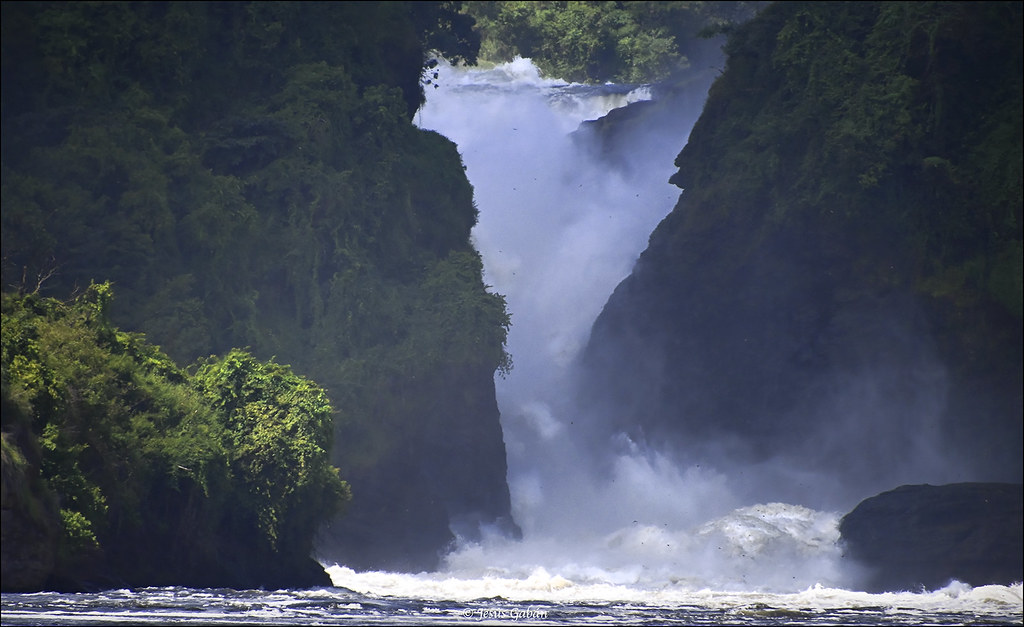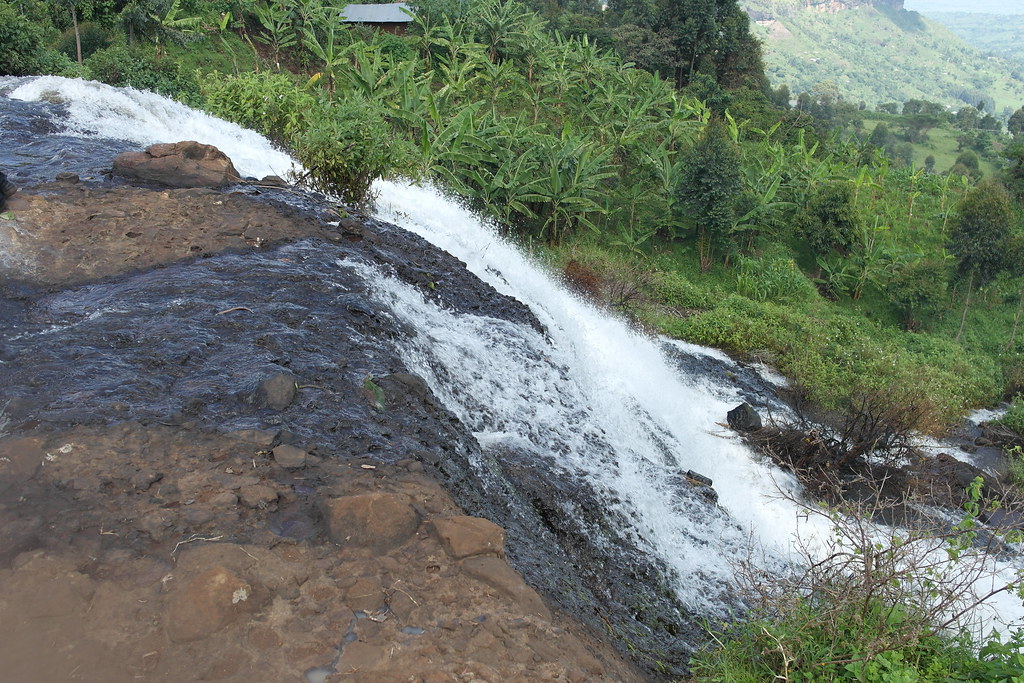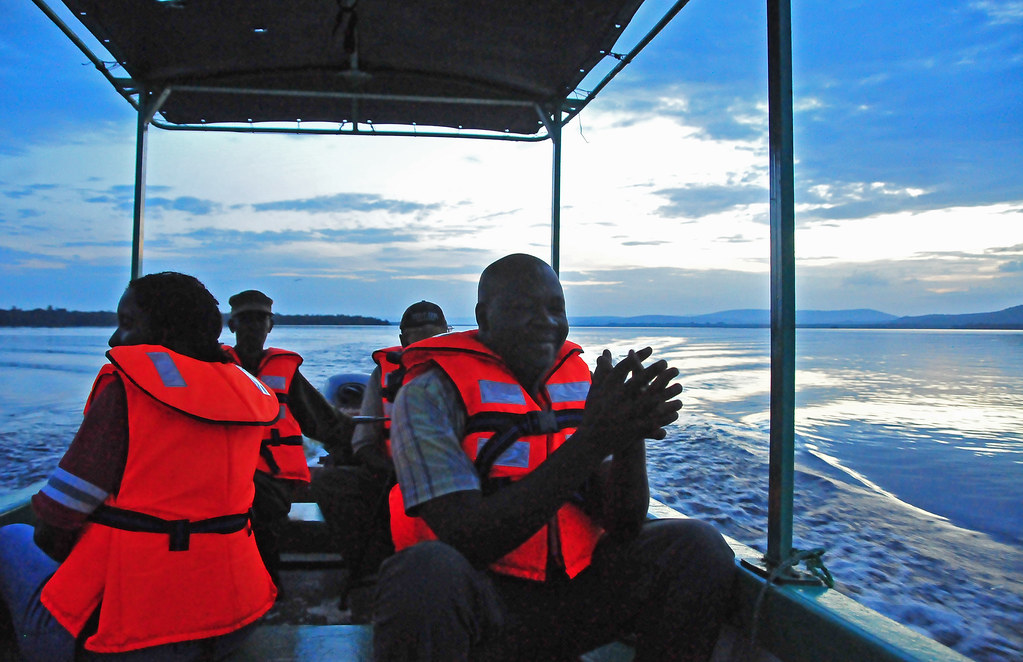
What Are The Premier Birdwatching Locations In Uganda?
What Are The Premier Birdwatching Locations In Uganda?
What Are The Premier Birdwatching Locations In Uganda? Uganda, commonly known as the Pearl of Africa, is also regarded as a birdwatcher’s paradise, with numerous species typically found within a relatively confined geographical area. This country is characterized by diverse landscapes, including dense forests, large marshes, savannah grasslands, woodlands, rainforests, water bodies, and towering mountains, hence offering an excellent natural habitat for a wide variety of avian species. Furthermore, the next essay will examine the premier avian observation places that tourists may visit during a birding safari in the country.
Bwindi Impenetrable Forest National Park.
Bwindi Impenetrable National Park is renowned for harboring a substantial population of over 800 endangered mountain gorillas; yet, it is also regarded as a premier birdwatching locale. This national park is a UNESCO World Heritage Site that hosts over 350 bird species for travelers to observe. Additionally, additional avian species include the African broadbill, Shelley’s crimsoning, and the attractive great blue turaco, among others. Additionally, Bwindi Impenetrable National Park is a lush forest characterized by mist-covered hills that create a captivating setting for several bird species.
Notable avian species in Bwindi National Park include the Dusky Twinspot, Black-headed Heron, Black-billed Turaco, Regal Sunbird, Kivu Ground Thrush, Rwenzori Nightjar, African Green Broadbill (Grader’s Broadbill), Doherty’s Bushrike, Black Bee-eater, Rwenzori Batis, and Handsome Francolin. Other significant species include the African Wood-owl, Bar-tailed Trogon, Grey Cuckoo-shrike, Dwarf Honeyguide, Western Green Tinkerbird, Red-throated Alette, Mountain Yellow Warbler, Grauer’s Warbler, Chestnut-throated Apalis, and Archer’s Robin-chat, among several more.
Queen Elizabeth National Park.
Queen Elizabeth National Park is situated in the western portion of Uganda and is a protected area characterized by a complex ecology, surrounded by stunning physical features, including marshes, savannahs, crater lakes, and more. This national park features an extensive avian catalog of over 600 species, rendering it a preferred destination for ornithologists.
Mabamba Bay Wetland.
Mabamba Bay Wetland is located on Lake Victoria in the northwestern region of Entebbe and serves as an ideal location for observing the uncommon shoebill stork. Numerous birding enthusiasts see it as one of Uganda’s most coveted locations for both avian observers and non-birders, owing to its hosting of over 260 bird species. The Mabamba Bay wetland encompasses more than 16,500 hectares of dense papyrus, wetland grassland, and water lilies, providing excellent natural habitats for several bird species, including resident, endemic, and internationally threatened varieties. The key protected avian species in Mabamba comprise the Shoebill, Papyrus Gonolek, and Blue Swallow. Additionally, numerous other avian species are observable, including the Red-bellied Paradise Flycatcher, Rufous-napped Lark, Grassland Pipit, Lesser Jacana, Sooty Chat, African Purple Swamphen, Squacco Heron, White-faced Whistling Duck, African Pygmy Goose, and African Jacana. Notable species included the Blue-breasted Bee-eater, Winding Cisticola, Goliath Heron, Common Moorhen, White-winged Warbler, Spur-winged Lapwing, and Malachite Kingfisher, among others. A variety of migratory Palearctic species is also observed from October to March.
Kibale National Park.
Kibale National Park is renowned for its chimpanzees and is considered one of the premier birding locations in the country, housing over 370 bird species. Additionally, notable avian species observable within this national park comprise Cassin’s Spinetta, Blue-headed Bee-eater, Masked Apalis, and Nahan’s Francolin. The Park also accommodates species such as the African Pied Wagtail, Great Blue Turaco, Slender-billed Weaver, African Pitta, Tropical Boubou, Abyssinian Ground Thrush, Crowned Eagle, Afep Pigeon, Black Bee-eater, and Blue-breasted Kingfisher, among others.
The Bigodi Wetland Sanctuary, adjacent to Kibale National Park, is home to around 138 bird species. Additionally, the avian species in Bigodi comprise the Papyrus Gonolek and the Purple-breasted Sunbird. The marsh is home to numerous Cuckoos, Weavers, flycatchers, Kingfishers, Woodpeckers, and Hornbills.
Tropical Boubou, Semuliki National Park.
Semuliki National Park is a wildlife reserve renowned for its avian species, situated in western Uganda inside the Albertine Rift Valley. The Park accommodates over 441 documented bird species. It is encircled by grassland, rainforest, and riverine ecosystems, which host species endemic to the Guinea-Congo biome. These can be observed while birdwatching on the lower inclines of the Park. Due to its distinctive location. The avian species in Semuliki National Park comprise the Yellow-throated Nicator, Piping Hornbill, Congo Serpent Eagle, Long-tailed Hawk, Red-chested Sunbird, Ituri Batis, and Yellow-throated Cuckoo. Additional species comprise the Orange Weaver, Maxwell’s Black Weaver, Blue-billed Malimbe, Dwarf Honeyguide, Swamp Palm Bulbul, African Piculet, White-crested Hornbill, Capuchin Babbler, and Nkulengu Rail, among others.
 Murchison Falls National Park.
Murchison Falls National Park.
Murchison Falls National Park is renowned as Uganda’s largest national park and is a veritable haven for avian enthusiasts. This national park is bisected by the Nile River and encompasses numerous stunning features, including magnificent waterfalls and the riverbanks, while being enveloped by different landscapes that attract a wide array of avian species. This national park is documented to have around 450 bird species, including the renowned Shoebill, Abyssinian Ground Hornbill, Red-throated Bee-eater, Northern Red Bishop, African Jacana, Black-billed Barbet, Goliath Heron, Denham’s Bustard, and Pied Kingfisher, among others. The Park is home to additional species such as the Senegal thick-knee, Piapiac, Palm-nut Vulture, Silverbird, and Black-headed Gonolek, among others.
Lake Mburo National Park.
Lake Mburo National Park is the smallest savannah park in Uganda, situated in the western region of the country. Notwithstanding its diminutive dimensions, the Park exhibits a rich diversity of fauna and avifauna. Lake Mburo hosts around 350 species of both native and migratory birds. Notable bird species that tourists can observe at Lake Mburo include the Red-faced Barbet (exclusive to Lake Mburo), Papyrus Gonolek, Grey-crowned Crane, Brown Parrot, African Fish Eagle, Yellow-breasted Apalis, African Finfoot, Black-bellied Bustard, Long-tailed Cisticola, Saddle-billed Stork, White-winged Warbler, Green Wood Hoopoe, Emerald-spotted Wood Dove, and Brown-chested Lapwing.
Additionally, Lake Mburo is home to various avian species, including the Ross’s Turaco, Red-headed Lovebird, Common Scimitar-bill, Nubian Woodpecker, Rufous-bellied Heron, White-headed Barbet, Bare-faced Go-away-bird, and Brown-chested Wattled Plover, among numerous others.
Optimal Period for Avian Observation in Uganda
Birding safaris in Uganda occur year-round. The dry and wet seasons each possess distinct advantages. During the arid season, from June to September, precipitation is typically diminished, and an abundance of sustenance is available for avian species in the wild. For those seeking migrant birds, the optimal period to visit Uganda for birdwatching is from November to April, coinciding with the peak breeding season of most avian species.
Reach out to our reputable tour operators for detailed information regarding premier birding destinations in the country, and then engage with our travel firms, which provide exceptional tour packages for your birding safari in Uganda.


